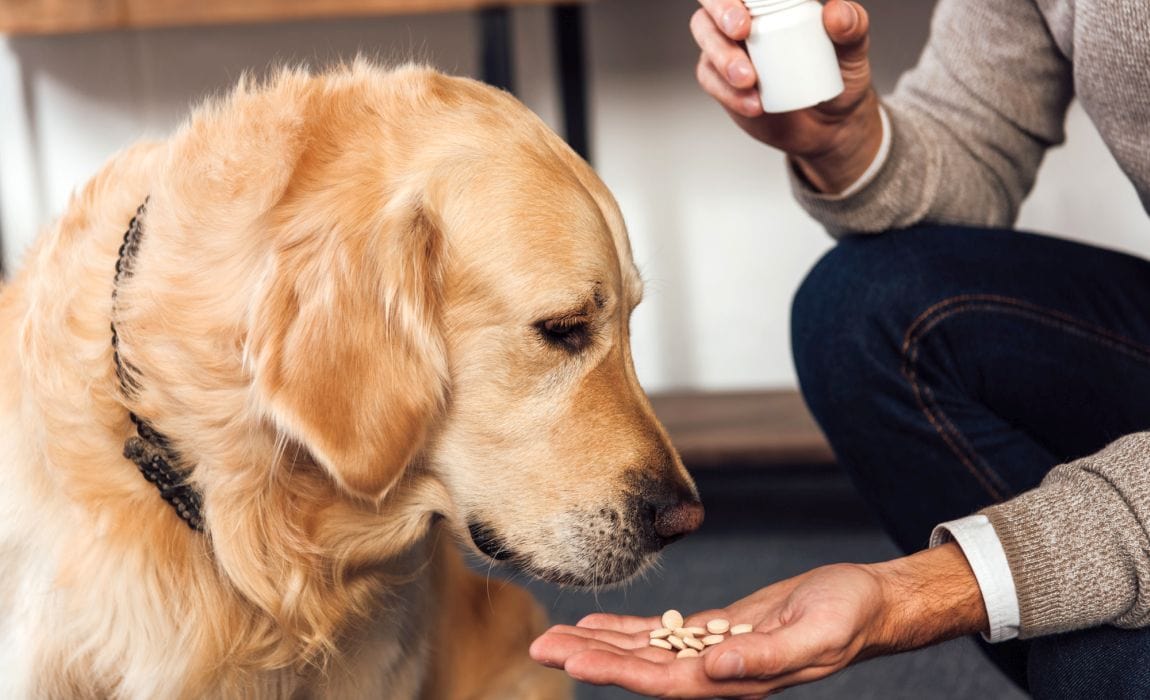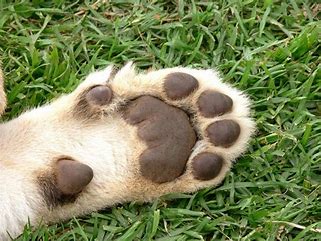As humans, we cool down by sweating when overheated. But dogs, with their fur coats and propensity to pant, seem not to sweat in the same way we do. However, dogs do actually have a few specialized sweat glands that allow some limited sweating capacity. Understanding how these function along with dogs’ other cooling adaptations provides insight into thermoregulation in our canine companions.
Dogs Have Some Sweat Glands
Dogs do possess sweat glands, however they are far fewer in number and location compared to humans. Areas where some limited sweat glands exist in dogs include:
- Paw pads – Sweat glands are concentrated here to provide traction and cooling.
- Nose – Sweat glands moisturize the nasal planum to support scenting abilities.
- Armpits – Minimal sweat glands located in armpits.
So while dogs do have a few sweat glands, their sweat production is minor compared to the extensive sweating capacity humans possess.
Why Dogs Don’t Rely on Sweating to Cool Off
Dogs evolved effective alternative cooling systems rendering heavy sweating unnecessary:
- Panting evaporates moisture from the tongue, throat and lining of the lungs to dissipate heat. This is a dog’s primary cooling mechanism.
- Behavioral adaptations include seeking shade, burying in cool dirt, and restricting exercise during hot parts of the day.
- The fur coat protects the skin from direct sun and heat exposure. Air circulates to cool the skin underneath.
Since dogs already have adaptations to release excess heat efficiently, extensive sweating capability was not necessary in their evolution.
Signs Dogs May Be Overheating
While limited in sweating, recognize when your dog may be too hot:
- Panting accompanied by restlessness, drooling or glazed eyes.
- Rapid panting progressing to panting with the mouth closed.
- Excessive drooling.
- Bright red, dry gums.
- Increased heart and respiratory rate.
- Attempts to lick or chew at their feet.
- Vomiting or collapsing require emergency cooling and veterinary treatment.
Know your individual dog’s normal panting level in order to recognize when changes warrant quicker cooling intervention.
How to Keep Dogs Cool Without Sweating
Since dogs cannot rely heavily on sweating as we do, they need our help managing heat. Steps to take include:
- Provide fresh, cool drinking water at all times.
- Allow access to shaded outdoor areas or ventilated indoor areas.
- Limit exercise to early morning or late evening during hotter weather.
- Never leave dogs confined in vehicles on warm days.
- Cool paws and body with tepid water misters or wet towels.
- Invest in cooling vests, mats or beds if needed for elderly, sick or thick coated dogs.
With vigilance and proactive care, we can keep our dogs comfortable and cool.
Why Do Some Dogs’ Paws Smell Like Corn Chips When They Sweat?
The distinct corn chip smell some notice from their dog’s paws results from sweat secretions interacting with bacteria normally present on dog skin. The bacteria Proteus or Pseudomonas break down components in this sweat, producing the popcorn-like aroma. Wiping paws clean can reduce the smell until it recurs.
Do Dogs Sweat Through Their Paw Pads?
Yes, sweat glands concentrated on dog paw pads do produce some perspiration to cool feet and enhance traction. This is often visible as “sweaty” footprints after time outdoors. However, paw sweating represents only a tiny portion of their overall cooling capacities. Far more heat is dispelled through panting when overheated or stressed.
Conclusion
While dogs do have small amounts of sweat glands located on paws, nose and armpits, extensive sweating plays a negligible role in their temperature regulation. Instead, adaptations like panting, behavior changes, and insulation from fur more effectively cool dogs. By understanding dogs’ true heat dissipation capacities, we can better monitor for signs of overheating and assist them when needed. With some help from their pet parents, dogs can beat the heat!
Frequently Asked Questions About Dogs Sweating
Why do dogs’ paws sometimes feel damp?
You may feel moisture from limited sweat gland secretions on the paw pads. It serves the dual purpose of increasing paw traction and evaporative paw cooling.
Do dogs sweat more when anxious?
Yes, sweat glands are activated by the nervous system. Fear, anxiety, stress or overstimulation can increase sweating, especially foot pad perspiration.
Why do some dogs have smelly feet from sweat?
Natural bacteria on paws react with sweat secretions to produce a corn chip-like scent. Keeping paws clean can reduce the smell until it recurs with further sweating.
Can dogs lose electrolytes from sweating like people?
No, their minimal sweating does not lead to significant electrolyte losses. But providing fresh drinking water is still important to prevent dehydration.
Do dogs with thick coats overheat more easily?
Long-coated dogs retain more body heat. Monitor them closely in warm weather and have coats clipped seasonally if needed to prevent overheating.


